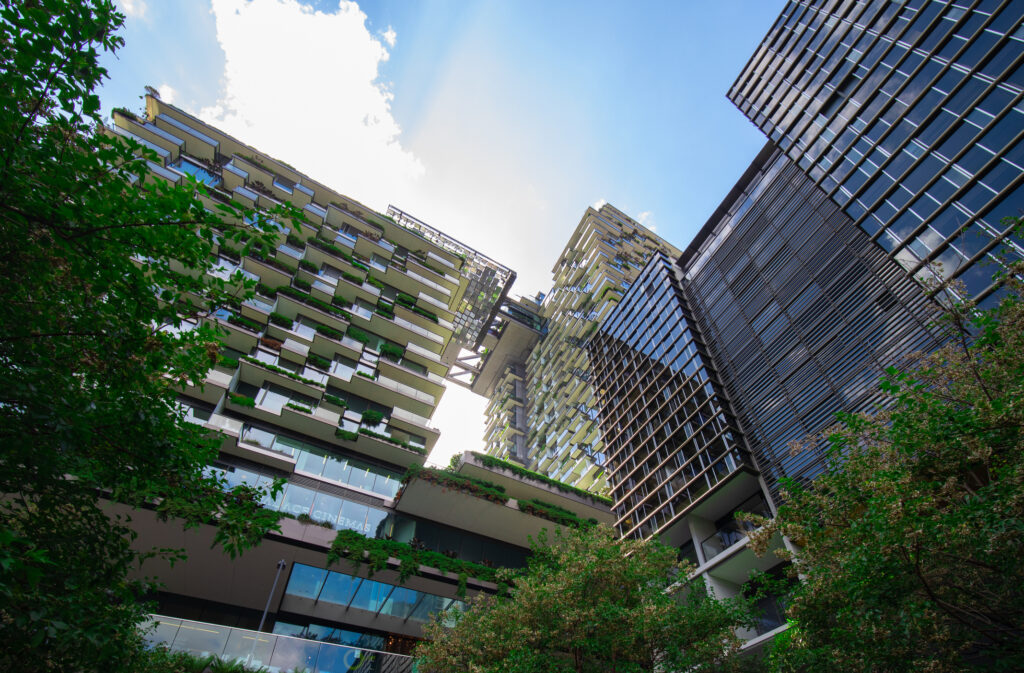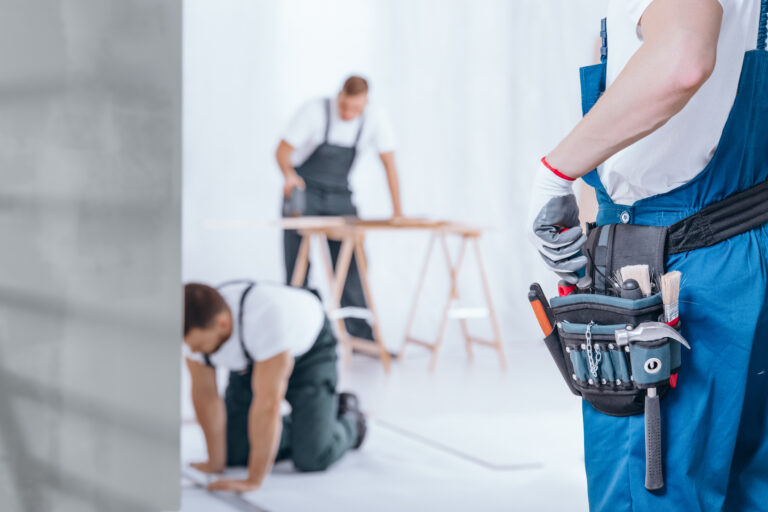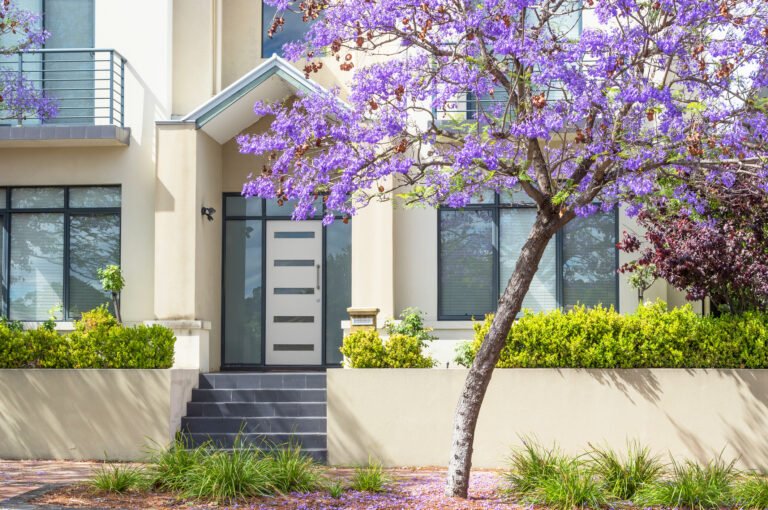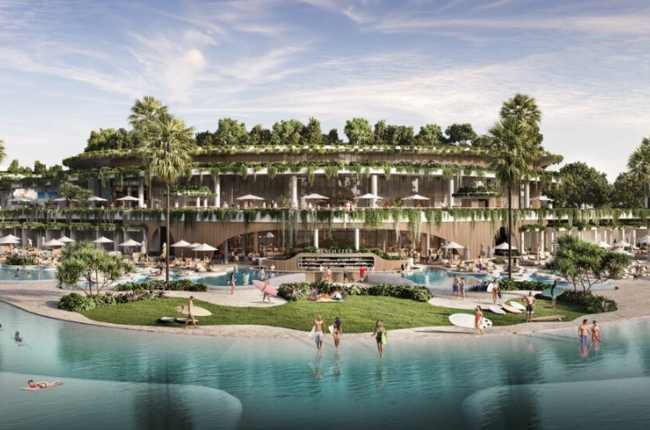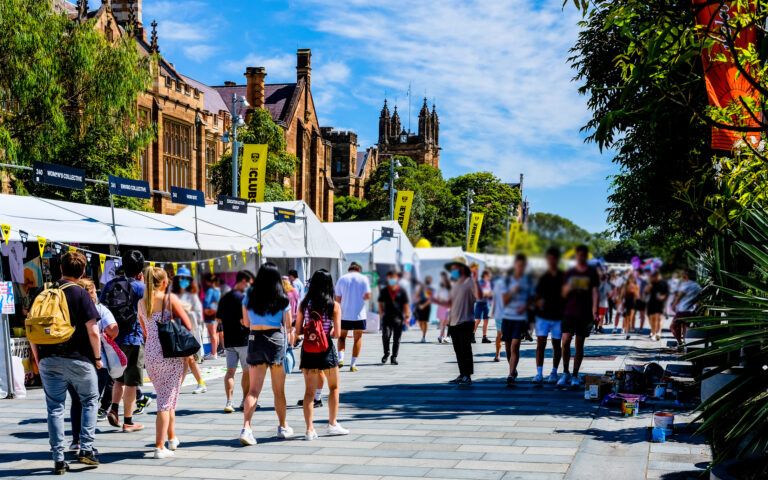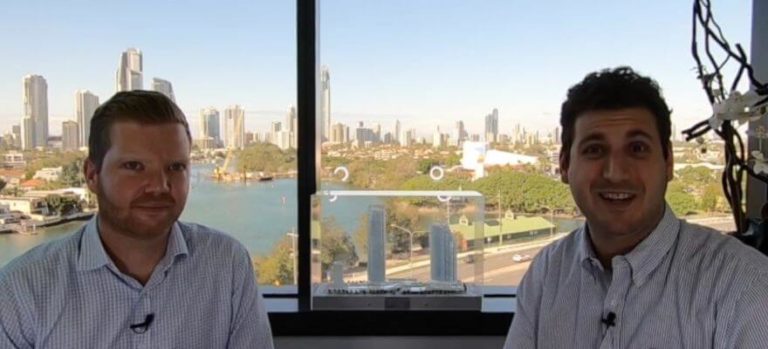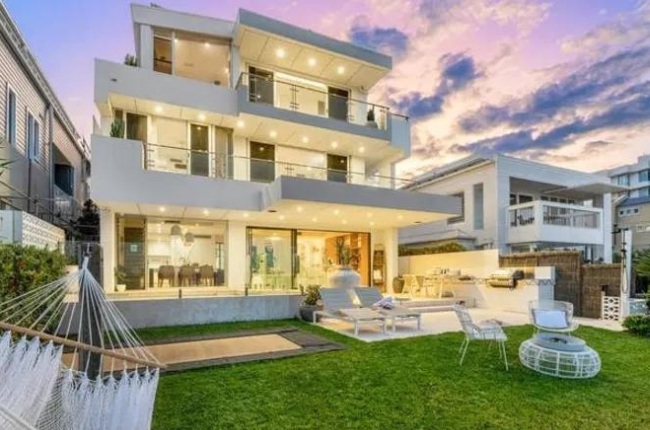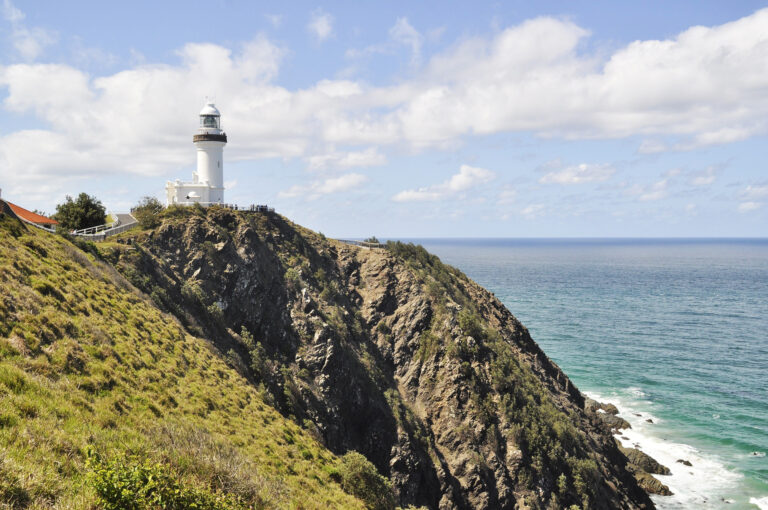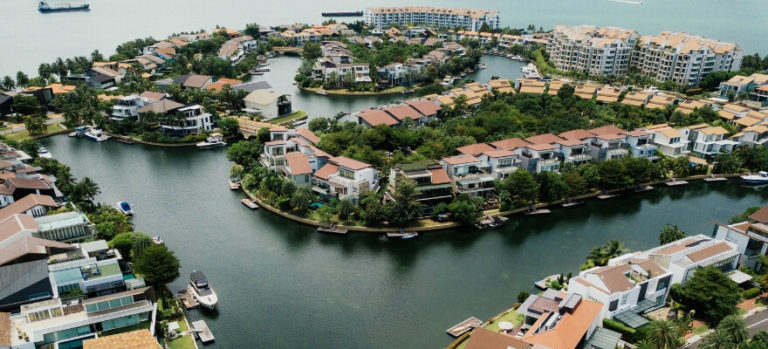Terry’s View:
We know something positive is happening in real estate when major banks are forecasting growth. The latest NAB survey suggests house prices will be up 8% this year and continue to rise next year. We’re accustomed to the big banks predicting major price decline or seriously under- estimating the growth years. They forecast prices would collapse in 2020 when Covid struck (prices rose), they suggested 5-6% growth in 2021 (prices rose 25%) and they started 2023 with forecasts of prices dropping 15-20% (they’ve been rising steadily all year). If journalists were doing their job credibly, they would stop publishing price forecasts from the major banks, given their track records. Apparently the clickbait potential is irresistible. So, for what it’s worth, the NAB report suggests house prices will rise 5% on average in 2024, but with larger increases in Brisbane, Adelaide and Melbourne. My experience of this survey over the years is that it’s very conservative and usually under- estimates our property markets. And I think that will be the case with this edition: I expect prices to rise by more than NAB is suggesting.
Infrastructure Boom Drives Prices
The national pipeline of infrastructure work has grown by $15 billion in the past 12 months, according to the Federal Government’s Infrastructure Market Capacity report. Buyers’ agent, Miriam Sandkuhler of Property Mavens says property investors should factor in big infrastructure projects, as they generally drive property prices. Victoria is spending $85 billion on infrastructure over the next four years and Sandkuhler predicts Melbourne Metro Tunnell will have the biggest effect on prices, particularly around new stations such as Arden. New South Wales is spending $110 billion with a new rail line from the Western Sydney Airport into the Sydney to have a big impact. “The rail link to Badgerys Creek will be a boon for some suburbs along the new rail line running south from St Marys to Luddenham,” she says. South Australia is spending $19 billion including additions to the Women’s and Children’s Hospital. Sandkuhler says suburbs next to it, such as Sturt and Bellevue Heights, will feel the benefits of price growth. Queensland is spending $38 billion, including the Cross River Rail. “It should prove a boon for prices in suburbs currently underserviced by public transport. These include Woolloongabba and Dutton Park in Brisbane’s inner south and around Herston north of the river,” Sandkuhler says. Western Australia’s spend is $34 billion with Metronet, delivering new rail lines and stations. “The new lines of particular note to investors are the Morley to Ellenbrook line and the Thornlie to Cockburn link,” Sandkuhler says.
Construction Contracts Changes
The success of the Federal Government’s $10-billion housing fund depends on also developing sustainable and resilient infrastructure to support population growth. Engineering firm, CJC Management, managing director, Colin Calder, says while infrastructure spending has increased, at the same time Australia’s population has soared by more than 500,000 people. He says it is the only way that communities can not only exist but thrive and that to support the additional housing, further money needs to be committed to utilities, telecommunications, digital infrastructure, port developments, and social infrastructure. Calder predicts changes ahead in way that the engineering and construction industry work on big projects and says they are moving away from fixed-price contracts to more flexible agreements that focus on cost and time assessments. Many Australian construction companies collapsed during Covid when the costs of materials soared and workers were hard to find, but they were locked into fixed-price contracts which had not predicted the massive increases. Calder says a KPMG report shows it was a worldwide issue with only half of projects completed on time. “It’s vital for the entire industry to look beyond traditional construction. The inclusion of digital innovation, environmental sustainability, and workforce diversity is essential for the journey ahead.”
Units Money Can’t Buy
The number of renters in high-rise apartments has been increasing for the past decade with more than 10% of the population now in units. Macquarie analysts says the high-rise apartment pipeline in key inner-city growth areas is not keeping up with demand, with about 30,000 expected to be under construction across Sydney, Melbourne and Brisbane in 2024. While new projects are now underway, the bad news for buyers is many of them won’t be for sale. Macquarie says a number of major property developers are expanding into the Build to Rent sector, where the properties are built specifically to be long-term rentals. According to the Knight Frank Breaking the Shackles – the rise of BTR report, there are about 8350 dedicated BTR apartments under construction nationally as of September 2023. Forecasts predict about 55,000 BTR units will be delivered by 2030. Macquarie says while returns to developers on this type of product are usually lower, the rentals provide an attractive long-term income stream. Mirvac has made huge inroads into the BTR area with projects finished in Sydney and Melbourne and others underway in Melbourne and Brisbane. It has revealed it wants to deliver more than 5000 by 2030.
Aussie Property Cheap
Despite recent increases Australian property prices are still cheap by global standards. Chairman of accounting group, SMATS, Steve Douglas, says it is the smaller capital cities in particular which offer the best investment value in Australia. He says when analysing it on a price per square metre basis, Australia is not expensive, compared with the value those who live in places like Hong Kong and Singapore. “Cities like Perth and Adelaide are less than a quarter the price of Hong Kong and around a third of Singapore’s price per square metre,” Douglas says. “Melbourne and Brisbane aren’t far behind, and even Sydney, which does have far higher median dwelling vales than the rest of the country, is a bargain compared to comparable business hubs like New York, Shanghai, Singapore and Hong Kong.” In world rankings on a price per square metre basis for a CBD apartment, Sydney comes in 13th, Brisbane is 42, Melbourne, 51, Canberra, 70, Perth, 74 and Adelaide, 77. By comparison the price per square metre in New York is $16,536 compared with Adelaide which is $6675. Douglas says most economists in believe Australia’s current real estate market recovery had plenty of steam left in it yet.
